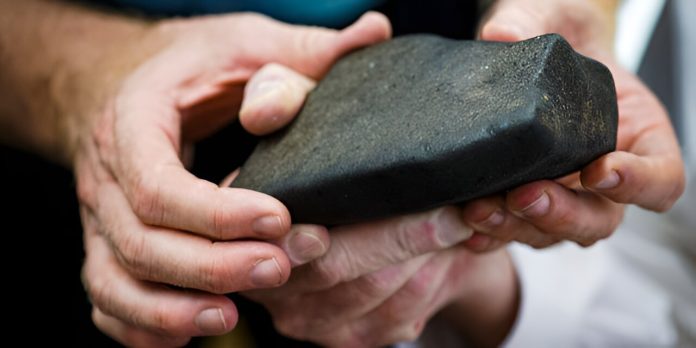
What was initially thought to be “space junk” falling over South Africa’s Eastern Cape on Sunday morning turned out to be a meteorite the size of a car, according to scientists from Wits University and Nelson Mandela Metropolitan University (NMMU).
The event, which occurred between 8:30 and 9:00 am, was witnessed by many locals who reported seeing a bright streak of light across the sky near St Francis Bay.
Some people even captured the spectacle on video. Early speculation suggested the object might be debris from a satellite, but experts have since confirmed it was a rocky asteroid entering Earth’s atmosphere at high speed.
Professor Roger Gibson from the Wits School of Geosciences explained that as the meteorite entered the atmosphere, friction caused it to heat up and create a spectacular fireball.
This intense heat also caused the meteorite to break apart as it traveled through the sky.
A whale-watching boat captain reported seeing objects splash into the ocean near Cape St Francis, further supporting the meteorite theory.
Interestingly, fragments of the meteorite have been found near Kirkwood, over 100 km away from Cape St Francis.
This suggests that the meteorite’s debris may have scattered over a wide area, creating an “exceptional fall area,” according to Professor Gibson.
Meteorites are rare and hold significant scientific value because they offer a glimpse into the formation and composition of our solar system.
As such, Wits University, which is one of the few accredited meteorite repositories in South Africa, takes these events very seriously.
The last recorded meteorite fall in South Africa occurred in Lichtenburg in 1973, making this latest event particularly noteworthy.
Only 51 meteorites have ever been documented in South Africa, with just 22 confirmed falls. Meteorites, like fossils, are considered national heritage items, and their sale and trade are regulated by South African law.
Professor Gibson, along with his colleagues Professor Lew Ashwal and Dr. Leo Vonopartis from Wits University, and Dr. Carla Dodd from NMMU, are keen to learn more about this recent meteorite fall.
They are inviting anyone who witnessed the event or found any suspicious objects to contact them. People as far away as Plettenberg Bay, over 200 km from Gqeberha, reported hearing a sonic boom and feeling ground tremors, indicating the wide reach of the meteorite’s impact.
The scientists are calling this an opportunity for “citizen science,” where ordinary people can contribute valuable information.
If you believe you have found a meteorite fragment, they ask that you take several photos of it in its original location, record the GPS coordinates, and carefully wrap it in aluminum foil before placing it in a zip-lock bag.
It’s important not to damage the fragment, as it could hold critical scientific data.
Meteorites often look like ordinary rocks, but they typically have a smooth, glassy black surface known as a fusion crust, formed as the meteorite burns up entering the atmosphere. Many meteorites are also magnetic.
If you come across something that fits this description, the scientists urge you to get in touch with them to aid in their research and further understanding of this rare event.
Source: Wits University.



